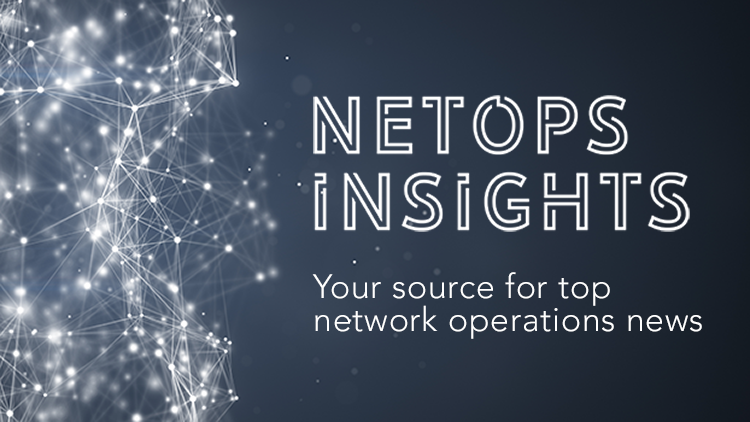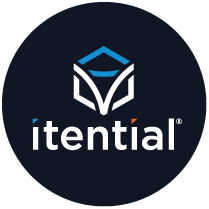Automation is in the Air, Infrastructure as Code & A Pragmatic Approach to Network Automation

Week of October 6th, 2019
Infrastructure as Code for Network Automation
We are at an inflection point as the slow, steady progress towards standardization and APIs has been replaced by a frenetic response to the business and automation demands that are being placed on the network. What has historically been allowed to work independently at their own pace for risk mitigation purposes is now being thrust into the forefront of digital transformation strategies. While no one can argue the critical nature of networking to their digital and cloud strategies, we need to rethink a more aggressive response.
A Pragmatic Approach to Network Automation
The evolution of network automation has been fraught with early challenges and setbacks. The unfulfilled promises of software-defined networking (SDN) and network functions virtualization (NFV) have led to inconsistent vendor implementations, limited equipment resources, unexpected complexity, and lack of expertise, resulting in stalled efforts made by early adopters of these concepts. As a result of those early hiccups, organizations have course-corrected and are pursuing more manageable and concrete network automation initiatives with a focus on simpler goals, a more targeted scope, faster time to value, and creation of abstraction layer for underlying equipment capabilities.
5G Network Automation
5G is finally here. Well, almost. After all the hype, operators are slowly but surely deploying the technology. And they are turning to automation to address the demands placed on the network from the explosive growth of data and devices. The ability to scale services quickly and flexibly is the key to success—and network automation provides operators that capability. That is easier said than done. All too often, operators have ‘reactive automation’—a rules-based system that springs into action after a failure. In most instances, subscribers can feel an impact on the quality of experience. That is not really fit for purpose in the age of 5G.
From Networks To Clouds – Automation Is Very Much In The Air Right Now
Intent-Based Networking is a significant advance towards tomorrow’s self-operating data centers, and it is available today in ever more sophisticated offerings. Putting “software first” allows much greater flexibility, more agile deployment and maintenance and avoids the negative implications of vendor lock-in.
Building A Cloud-Native Network From Core To Edge
While some greenfield players are able to immediately embrace cloud-native network design and reap the benefits that come with it, those cases are few and far between. For most operators this is an incremental transition that gradually shifts from legacy systems to cloud-based systems. Through that transition, NFV provides some degree of automation and serves as a jumping off point for forward-looking investments.
The real challenge to achieving 5G: the networks
Everyone seems focused on whether major device makers can ship 5G-ready phones. And indeed they are coming forward with devices (e.g., Samsung, Huawei) based on chip designs from major manufacturers (e.g., Qualcomm, Huawei, Intel). But while many are focused on the device challenges (such as will Apple’s iPhones use Qualcomm or Intel modems, or design their own?) and the potentially billions of connected “things” expected in the next few years, the devices are just the tip of the iceberg when it comes to 5G. The real “below the water line” challenges, the more than 80% of the challenges in making 5G real, are in updating and creating networks that can truly provide all of the variety of services and capabilities that we expect.
The People Part Of Network Automation
The complexity of 5G network management and service delivery will require network automation. In turn, network automation and the ability to develop and launch services on the fly will require operators to re-orient their workforces, merging some network and IT functions and bringing software development capabilities to the forefront. Network automation is currently in relatively early days with investment going toward things like customer support and self service, OSS, firewalls and onboarding virtual network functions, for instance. But the long view would contemplate an end-to-end, cloud-native 5G network with AI-powered software systems delivering on-demand network slices across a generic, IT infrastructure.
How To Democratize Your Code In An Era Of DevOps And Agile
“This is how we’ve always done it” may be the easiest approach to organizing your code, but it’s hardly the most efficient in today’s culture of expanding DevOps and Agile contexts. Many software companies organize their code in a predictable, unoriginal setup: There’s the data access layer, an application layer for exchanging messages via interface, web, mobile or desktop and a business logic layer that connects end users with the database.
Building Effective Digital Transformations
Enterprises have reportedly spent upwards of $5 trillion on their digital transformation efforts, yet they’re also not hitting their objectives. In fact, in many industries, such as banking, health care and utilities, only half of organizations are keeping pace with their digital transformation expectations.
Nokia Claims ‘Industry-First’ Integrated Intent-Based Solution Launch
Nokia is claiming the industry’s first launch of a fully integrated intent-based solution that it says completely changes how operators build fixed access networks to deliver ultra-broadband services. Unveiling its new intent-based Altiplano Access Controller Nokia says, with the solution, operators will be able to flexibly move toward software-defined access and gain more intuitive and automated control to deliver a gigabit experience to users everywhere.
The Secret To HashiCorp’s “Overnight” DevOps Success
Among DevOps toolchains, HashiCorp builds some of the most popular tools. Among developers, tools like HashiCorp’s Vagrant, Consul, Terraform, Packer, and more are considered household names. Interestingly, while they have become the go-to DevOps tools for a generation of developers, they didn’t seem obvious at their inception. As HashiCorp co-founders Mitchell Hashimoto and Armon Dadgar tell it, their early products felt right to them even if their initial reception in the market resembled a “flatline.”
